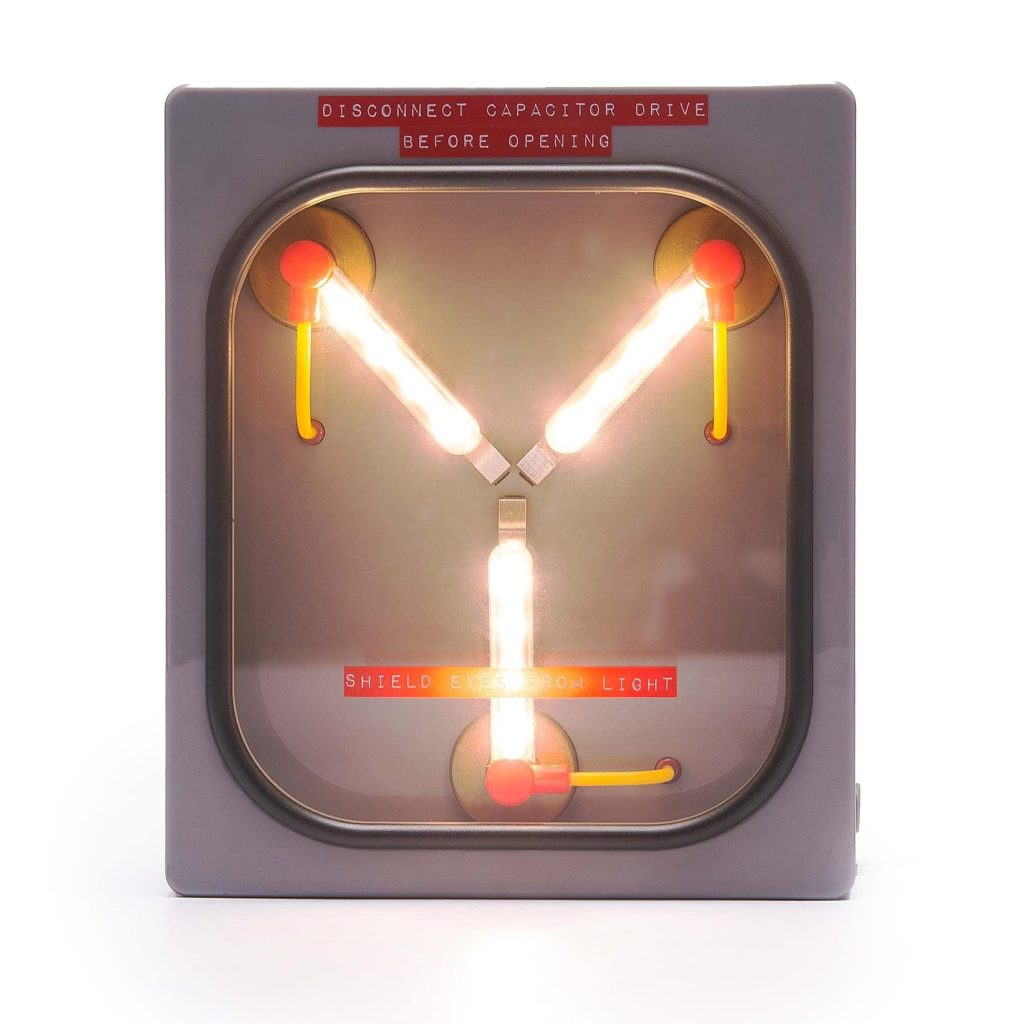The Future of MLCC Capacitors: Innovations and Shortages Explained

In the ever-evolving landscape of electronics, a tiny, unassuming component holds immense power: the multilayer ceramic capacitor, or MLCC. These minuscule marvels are the unsung heroes powering everything from smartphones to satellites, quietly regulating voltage and filtering noise. However, their ubiquity masks a complex reality. The demand for MLCCs is soaring, fueled by the relentless advancement of technologies like 5G, electric vehicles, and artificial intelligence.
But this surge in demand isn’t met with an equal surge in supply. Recent years have witnessed sporadic and, at times, dramatic shortages of these critical components, sending ripples throughout the global supply chain and impacting industries across the board.
This article delves into the captivating world of MLCCs, exploring the driving forces behind their increasing importance and the innovations shaping their future. We’ll unravel the complexities of the ongoing shortages, examining the root causes and potential solutions. From advanced materials and miniaturization techniques to the impact of geopolitical factors, prepare to uncover the future of these vital components and understand how they will continue to power our technologically driven world.
Table of Contents
- Miniature Titans: Charting the Course of MLCC Evolution
- Material Science Breakthroughs: Alleviating the Strain on Supply Chains
- Beyond Capacity: Tailoring MLCCs for Emerging Applications
- Navigating the MLCC Landscape: Strategies for Procurement and Design
- Q&A
- Wrapping Up

Miniature Titans: Charting the Course of MLCC Evolution
From bulky behemoths to the microscopic marvels we know today, Multi-Layer Ceramic Capacitors (MLCCs) have undergone a dramatic transformation. Their journey is a fascinating tapestry woven with threads of shrinking size, increasing capacitance, and relentless innovation. Think of the early days: clunky, unreliable circuits. Now, imagine the sleek power packed into your smartphone, largely thanks to these tiny titans. This evolution isn’t just about miniaturization; it’s about pushing the boundaries of material science and engineering to achieve unparalleled performance in increasingly demanding applications.
Consider these key milestones in the MLCC’s adventurous past:
- The Shift to Surface Mount Technology (SMT): Revolutionizing assembly and packing more components into smaller spaces.
- Base Metal Electrode (BME) Technology: Enabling the use of cheaper nickel-based electrodes, significantly reducing cost and boosting capacitance.
- The Drive for Higher Voltage Ratings: Expanding applications in fields like automotive and industrial power electronics.
The impact of specific materials on capacitance is crucial. Let’s take a quick peek:
| Material | Dielectric Constant (Approx.) | Impact |
|---|---|---|
| X7R | ~3000 | Stable Temperature Performance |
| COG/NP0 | ~30 | Ultra-Stable Capacitance |
| Y5V | ~18000 | High Capacitance, Temperature Sensitive |
Material Science Breakthroughs: Alleviating the Strain on Supply Chains
The unsung heroes of modern electronics, Multilayer Ceramic Capacitors (MLCCs), are facing unprecedented demand, exposing vulnerabilities in global supply chains. Innovations in dielectric materials are emerging as a beacon of hope. Researchers are exploring barium titanate alternatives, focusing on materials with enhanced permittivity and thermal stability. These advancements promise to shrink MLCC sizes, increase capacitance values, and potentially reduce reliance on geographically concentrated raw material sources. Furthermore, novel sintering techniques are being developed to optimize the microstructure of ceramic layers, leading to improved performance and lifespan.
Beyond material composition, innovative manufacturing processes are pivotal. Consider:
- Additive manufacturing (3D printing): Enabling customized MLCC designs and on-demand production, bypassing traditional lead times.
- Thin-film deposition techniques: Creating ultra-thin dielectric layers with precise control over material properties.
- Advanced quality control methods: Leveraging AI and machine learning to detect defects in real-time, minimizing waste and improving overall yield.
These advancements are leading to a new generation of MLCCs designed for resilience. The table below summarizes some potential material solutions:
| Material | Advantages | Challenges |
|---|---|---|
| Niobium Oxide | High Volumetric Efficiency | Cost |
| Polymer Film | Flexibility | Temperature Sensitivity |
| Aluminum Electrolytic | High Capacitance | Lifespan Limitations |
Beyond Capacity: Tailoring MLCCs for Emerging Applications
The relentless march of technology is pushing the boundaries of electronic components, and Multi-Layer Ceramic Capacitors (MLCCs) are no exception. Forget simply meeting existing demands; the challenge now lies in precisely tailoring these tiny powerhouses to fulfill the unique requirements of groundbreaking applications. Consider the hyper-miniaturization demanded by wearable technology, the extreme temperature tolerances necessary for automotive electronics, or the unwavering stability expected in 5G infrastructure. These are not just incremental improvements; they represent a paradigm shift in MLCC design and manufacturing, demanding innovative materials and processes.
This customized approach extends far beyond simple component specifications. It’s about anticipating future needs and proactively addressing challenges. Manufacturers are now exploring:
- New Dielectric Materials: Moving beyond traditional ceramics to materials with enhanced thermal stability and higher capacitance densities.
- Advanced Manufacturing Techniques: Employing 3D printing and nano-layering to achieve unprecedented levels of precision and miniaturization.
- Embedded MLCC Technology: Seamlessly integrating capacitors within circuit boards to free up valuable space and improve overall system performance.
The ability to dynamically adapt MLCC characteristics is also paramount. Imagine capacitors that can self-adjust their capacitance based on real-time environmental conditions or system demands. This opens doors to:
| Application | Tailored Characteristic | Benefit |
|---|---|---|
| Electric Vehicles | High Ripple Current Handling | Increased Battery Lifespan |
| Medical Implants | Bio-compatibility | Reduced Risk Of Rejection |
| Aerospace | Radiation Hardness | Reliable Operation in Extreme Environments |
Navigating the MLCC Landscape: Strategies for Procurement and Design
Sourcing multilayer ceramic capacitors (MLCCs) in today’s volatile market requires a multifaceted approach. It’s no longer enough to simply place orders and hope for the best. A proactive strategy, blending technical understanding with savvy procurement tactics, is essential to ensure a stable supply chain and optimized designs. Consider these key elements:
- Early Engagement: Collaborate with your design and procurement teams from the outset of a project. This allows for the selection of readily available and cost-effective MLCCs.
- Supplier Diversification: Relying on a single supplier exposes you to significant risk. Cultivate relationships with multiple vendors to mitigate potential disruptions.
- Forecasting and Planning: Accurately predict your MLCC needs based on projected demand and implement a robust forecasting system.
Design also plays a critical role in navigating the MLCC landscape. Optimized circuit designs can minimize the number of MLCCs required, reducing demand and susceptibility to shortages. Consider these design-centric strategies:
- Circuit Optimization: Explore opportunities to streamline circuit designs and reduce the overall MLCC count without compromising performance.
- Component Standardization: Adopt a standardized approach to MLCC selection, limiting the variety of part numbers and simplifying procurement.
- Equivalent Part Exploration: Identify alternative MLCCs with comparable specifications that may be more readily available.
Successful navigation also requires a nuanced understanding of market dynamics and proactive management of lead times. Consider utilizing a formal risk assessment process and employing a system for tracking vendor performance. The following table illustrates examples of different MLCC sizes and their potential lead times:
| MLCC Size | Typical Application | Lead Time (Weeks) |
|---|---|---|
| 0402 | Smartphones | 12-16 |
| 0603 | Industrial Controllers | 10-14 |
| 0805 | Automotive Electronics | 14-20 |
Q&A
– Q&A
Forget circuits, let’s talk capacitors! These unsung heroes power everything from your phone to your spaceship. But supply chain woes and a constant drive for innovation are shaking things up. Let’s dig in with our Capacitor Connoisseur!
Q: So, Mr./Ms. Connoisseur, are we facing a “Capacitorgeddon”? Seems like these shortages have been biting for a while.
A: “Capacitorgeddon” might be a tad dramatic, but the rumblings are real. We’ve weathered periods of tight supply and prolonged lead times, driven by increased demand for EVs, 5G infrastructure, and advanced electronics. The pandemic exacerbated existing strains, exposing the fragility of global supply chains. While things have eased somewhat, the underlying pressure of growing demand coupled with geopolitical uncertainties means it’s still wise to brace for potential hiccups.
Q: Okay, pressure cooker! But what about the innovation side? What are the capacitor gurus cooking up in their labs?
A: Oh, the innovation is sizzling! Think smaller, faster, more reliable, and with expanded capabilities. We’re seeing advancements in:
Miniaturization: Shrinking capacitors to fit in ever-denser circuits, pushing the boundaries of nanotechnology and material science. This is vital for portable devices and wearable tech.
High-Voltage Capacitors: Powering electric vehicles and renewable energy systems demands robust, high-voltage capacitors capable of handling extreme conditions.
High-Frequency Capacitors: As data speeds increase, so does the need for capacitors capable of operating at exceptionally high frequencies. This is crucial for 5G and future wireless technologies.
Material Innovation: Exploring alternative ceramic materials like polymer and paper to improve performance, reduce reliance on supply-chain-sensitive materials, and enhance environmental sustainability.
Q: Sounds like a capacitor arms race! Are these innovations actually alleviating the supply issues, or just creating more demand for exotic components?
A: It’s a double-edged sword. While material innovations and process improvements can reduce the strain on traditional ceramic supplies in some applications, the demand for these cutting-edge capacitors is also increasing. Essentially, innovation fuels both the problem and potential solutions. The key is strategic planning and diversification of supply chains.
Q: Dipping our toes into sustainability, eh? Are there “green” capacitors on the horizon?
A: The industry is definitely pivoting towards greener practices. We’re seeing increased use of ethically sourced materials, initiatives to reduce manufacturing waste, and research into bio-degradable or recyclable capacitor components. While a completely “green” capacitor might be a ways off, it’s a direction the industry is actively pursuing. Consumers are increasingly demanding eco-friendly products, and component manufacturers are listening.
Q: So, what does this mean for the average tech enthusiast? Will my next smartphone cost a fortune because of capacitor shortages?
A: Possibly a slight bump, though it’s unlikely to break the bank outright. Component costs are just one factor in the overall price of electronics. However, shortages and component price fluctuations might influence design choices. Manufacturers might opt for slightly different configurations or materials to manage costs and availability. Ultimately, the industry will adapt and innovate to minimize the impact on consumers.
Q: Crystal ball time! What’s the biggest game-changer we can expect to see in the MLCC capacitor landscape in the next 5-10 years?
A: I’d wager on two key areas. First, integrated passive components (IPCs). Imagine embedding capacitors directly into silicon substrates, significantly reducing size and improving performance. Second, self-healing capacitors. Technology that automatically repairs minor damage, extending lifespan and reliability. These innovations have the potential to truly revolutionize electronic design.
Q: Finally, any advice for a budding electrical engineer just starting their career? What skill should they focus on mastering related to capacitors?
A: Dive deep into the materials science aspect! Understanding the intricacies of different ceramic materials, their electrical properties, and their limitations will be invaluable. Also, become proficient in simulation software. Being able to model and analyze capacitor performance in various circuit designs is a critical skill for the future. Oh, and keep an eye on those supply chain trends – it will make you a superstar in the design room!
Wrapping Up
So, where does that leave us? As MLCC capacitors continue their reign as indispensable components, the future looks both bright and, let’s face it, a little…stressed. Technological advancements are pushing these tiny titans to new performance heights, enabling the next generation of everything from autonomous vehicles to wearable tech. But the shadow of potential shortages looms large, threatening to slow the very innovation they power. Navigating this complex landscape will require strategic foresight, collaborative solutions, and perhaps a touch of good luck. One thing’s certain: the humble MLCC capacitor, often overlooked, will continue to play a pivotal role in shaping the technological world we inhabit. And keeping a close eye on its evolution will be key to understanding the future that awaits.

